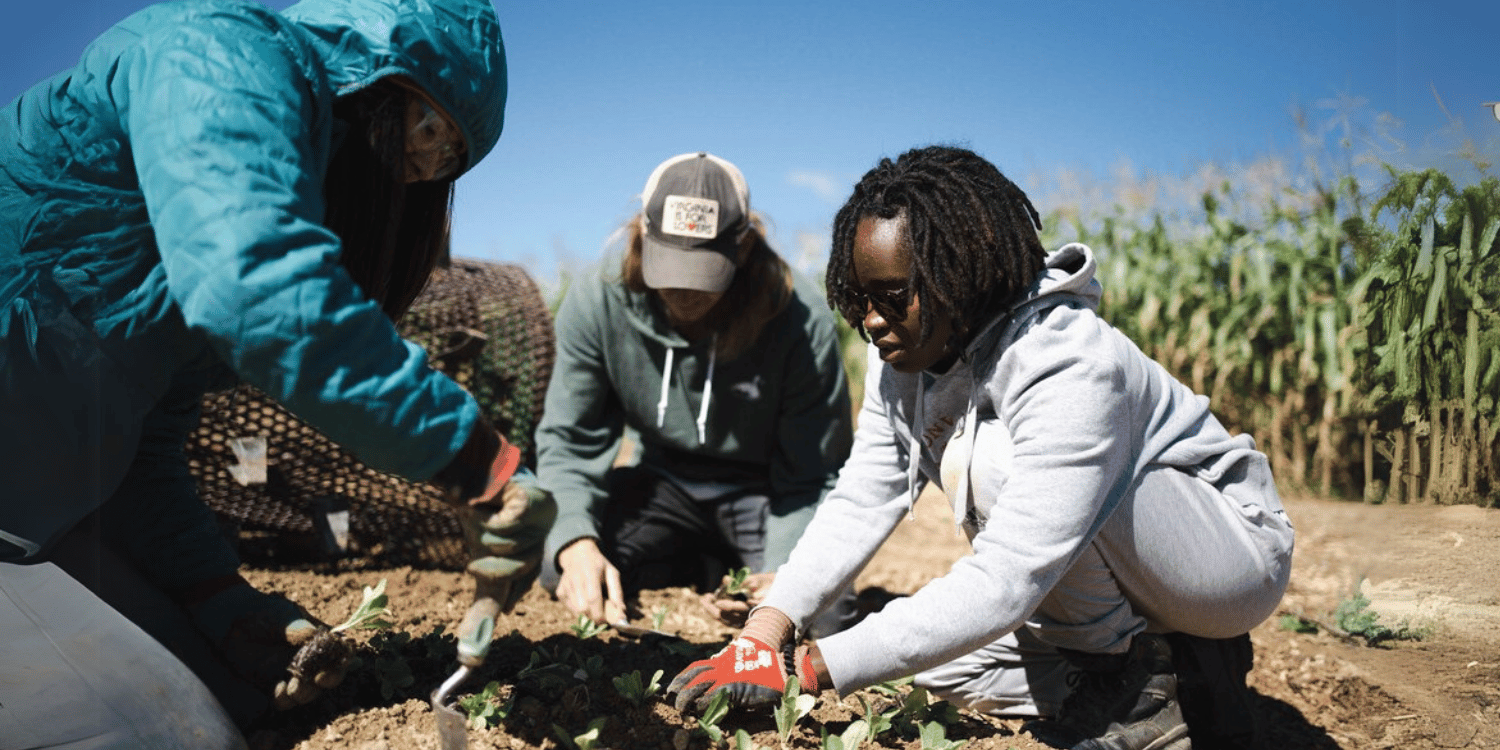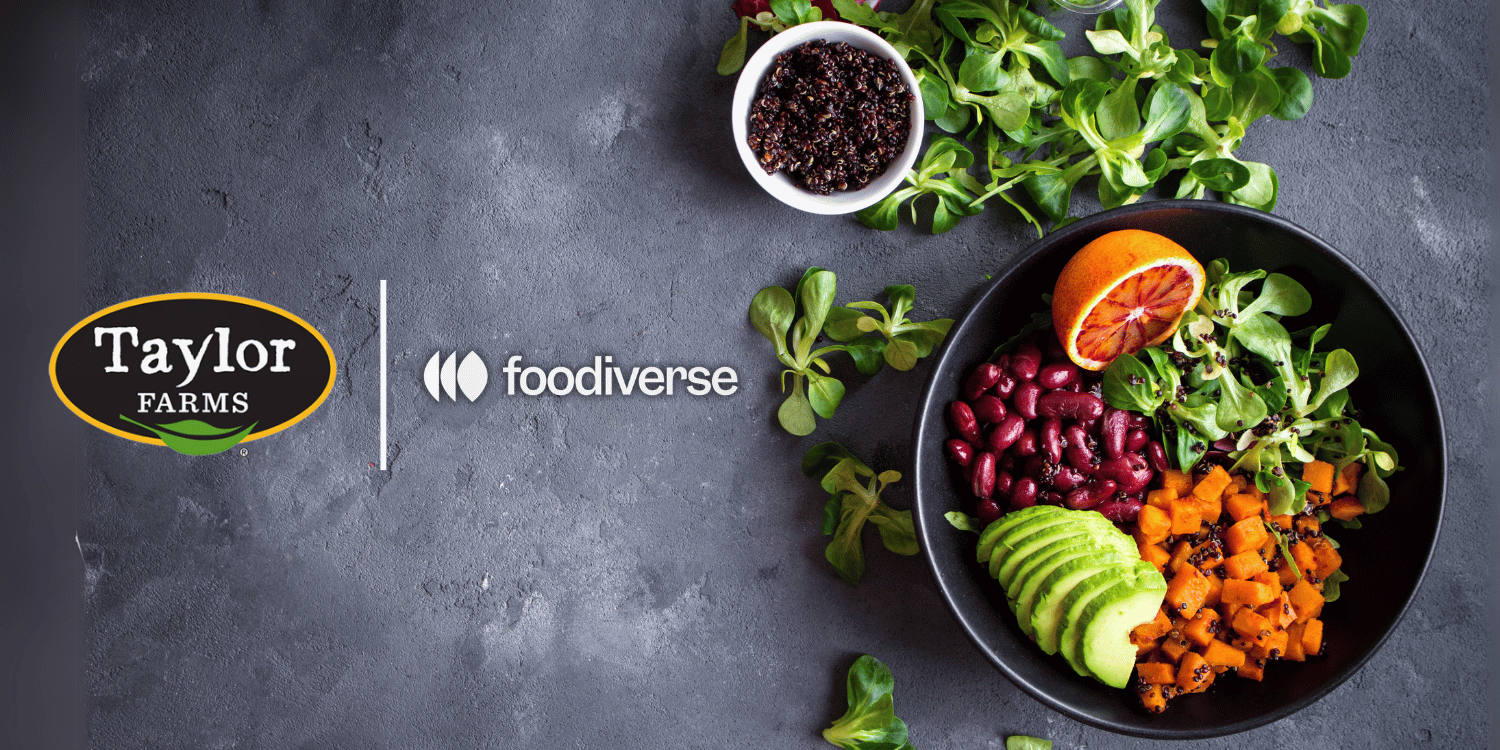SEPC kicks off Southern Innovations 2024 with a welcome dinner, followed by the next day’s unveiling of its annual trends report.
The Southeast Produce Council (SEPC) commenced its Southern Innovations 2024 event with a VIP dinner cruise aboard the General Jackson Showboat on the evening of September 11. The gathering set the stage for the three-day conference held from September 12 to 14 at the Gaylord Opryland Resort & Convention Center in Nashville, where the SEPC unveiled its fourth annual “What’s New? 2024” consumer research report.

Mike Roberts of Harps Food Stores, chairman of the SEPC board of directors, welcomed attendees aboard the showboat and expressed gratitude for their contributions to the council. The event aimed to foster networking among industry professionals ahead of the official conference proceedings.
At the heart of the conference was the presentation of the “What’s New? 2024” consumer research by Anne-Marie Roerink of 210 Analytics. The interactive session encouraged discussions between retailers and grower-shippers, delving into current shopping behaviors and trends in the produce industry.

“Shoppers today are constantly balancing budget versus needs and wants,” said David Sherrod, president and CEO of the SEPC. “The ultimate value equation is far more than the lowest price alone.” The research revealed that eight in ten shoppers would buy more fruits and vegetables if cost were not a concern, and 65 percent indicated they would purchase restaurant food more often.
Special occasions emerged as significant motivators for increased spending, with 88 percent of consumers showing interest in holiday produce displays that combine common fruits and vegetables appropriate for the occasion. The study also highlighted robust growth in produce items sold within the deli-prepared food section, reflecting consumers’ desire for convenience.
“Price and promotions are important, but the ultimate purchase decision is far more complex,” noted Sherrod. “Today, value-added and deli-prepared sales are growing, even with a price premium. There are no linear consumer purchase patterns.” Retailers can enhance convenience by implementing secondary produce displays throughout stores, a strategy desired by 60 percent of consumers.
The report also shed light on the evolving perception of health among shoppers. “Fresh produce has long been linked to health and nutrition,” said Sherrod. “The definition of health has evolved and consumers leverage shortcuts such as smoothies, supplements, and bars to get to their five-a-day.” According to the findings, 64 percent of consumers find it very or somewhat easy to reach the recommended daily intake of produce.
Furthermore, 71 percent of consumers purchase produce items specifically for their known health benefits. To educate themselves, they rely on Google and online searches (36 percent), on-pack information (33 percent), and nutrition apps (33 percent). The connection between produce, health, and environmental sustainability is becoming increasingly clear to consumers.
“Despite economic pressures, consumers are still willing to spend more on items that are sustainably grown, reduce packaging or food waste, or contribute to positive social initiatives,” said Sherrod. The study found that 88 percent of consumers are interested in knowing more about the who, where, and how of store-bought produce, emphasizing the importance of package labels and websites as key communication tools.
However, the survey identified a need for clear and straightforward communication to avoid misconceptions. When testing the “carbon footprint” claim, for instance, 39 percent of consumers incorrectly defined it as the amount of carbon dioxide absorbed or the amount of carbohydrates it contains—very much not the message growers focused on sustainability are trying to convey.
The “What’s New? 2024” report underscores the complexity of modern consumer purchasing patterns in the produce industry. While price remains a factor, consumers are increasingly considering convenience, health benefits, and environmental impact in their shopping decisions. Retailers and growers are encouraged to adapt their strategies accordingly to meet these evolving preferences.
Conducted in August 2024, the online study surveyed 1,628 consumers and was presented by 210 Analytics. For those interested in a complete copy of the findings, the report can be requested by contacting Anna Burch at SEPC.




















